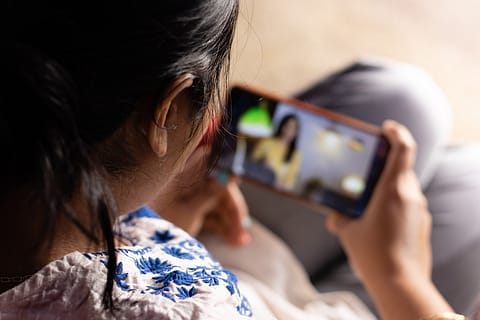Indian storytelling goes global: Prime Video says it’s only Day One for OTT-led innovation
Indian content is increasingly finding traction abroad—not just among the diaspora, but also among international audiences.

At the WAVES Summit 2025, the panel on “Future of Entertainment: OTTs Fueling Innovative Storytelling, Tech Innovations, Viewer Experiences” offered sharp insights into how India’s OTT ecosystem is evolving. Gaurav Gandhi, vice president at Prime Video India, emphasised that the foundation of their India strategy has been to “think local in multiple ways”. “As a country, we are so diverse that there is no one local,” he said. Prime Video, he explained, programmed in multiple languages, developed content rooted in regional cultures, and actively explored gaps left by traditional television and theatrical formats.
Gandhi pointed to the rise of “pan-India” content not just in terms of language crossovers but also emotional relevance. “We started asking, how do we expand the love language across multiple languages,” he said, citing shows like Paatal Lok and Mumbai Diaries, which capture themes of courage, aspiration, and societal transition. “The stories are very true to the soil. The protagonists could be a soldier, a doctor, a family man, but they all connect emotionally across geographies.”
Meanwhile, Indian content is increasingly finding traction abroad—not just among the diaspora but also among international audiences. “Almost one-fourth of the viewership for our original Indian shows now comes from outside India. And these aren’t just Indians abroad; it’s viewers across geographies,” said Nikhil Madhok, head of Originals at Prime Video India. The differentiator, he added, is storytelling that is “deeply authentic and Indian,” which makes it fresh and compelling to a global audience.
Adding to this, Gandhi shared that in the past year, every single week, there was at least one Indian original in the global Top 10. “That’s a big deal,” he said. “We’re seeing green shoots—our stories are competing globally and winning attention.”
This shift, the panellists agreed, is not just technological—it’s structural. OTTs have enabled a democratisation of storytelling, breaking the industry’s earlier reliance on traditional production houses or legacy networks.
Shubh Shivdasani and Salona Bains Joshi, co-founders of Bombay Film Cartel and first-time producers with Prime Video, spoke of how platforms like these are giving newcomers a real shot. “Pitching and hustling is part of the culture,” said Shivdasani. “But when you get partners like Prime Video who believe in the soul of the story, it changes everything.”
Filmmaker Vikramaditya Motwane highlighted how the OTT medium has freed creators from format restrictions. “Earlier, you made movies only for the big screen. Now, you can do a multi-season crime series, a character-driven drama, or even a long-form comedy. There’s freedom to imagine new formats,” he said. Still, he cautioned, “We haven’t reached the point of taking full advantage of this medium. But we are on the cusp.”
Recommended Stories
Both Gandhi and Madhok stressed that this is just the beginning. Gandhi said, “We are in the golden age of creation in India, but we must not get complacent. This is a long inning. It’s only Day One.” In fact, the real opportunity lies not just in serving India’s own diverse audience, but in exporting that diversity to the world.
Madhok agreed, adding that with the right creative instincts, deep research, and thoughtful use of data, Indian stories can reach “beyond borders—not as Indian content, but as great global stories”.